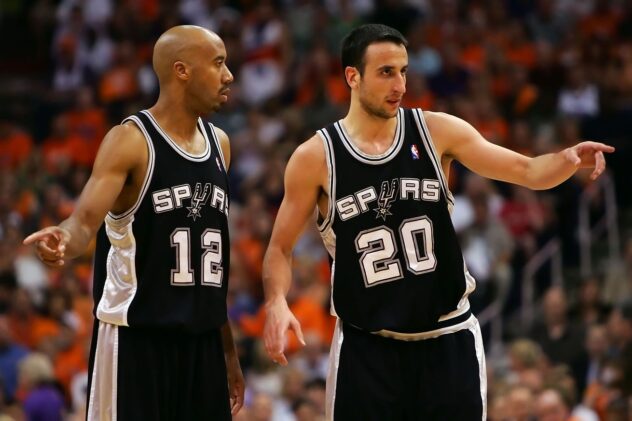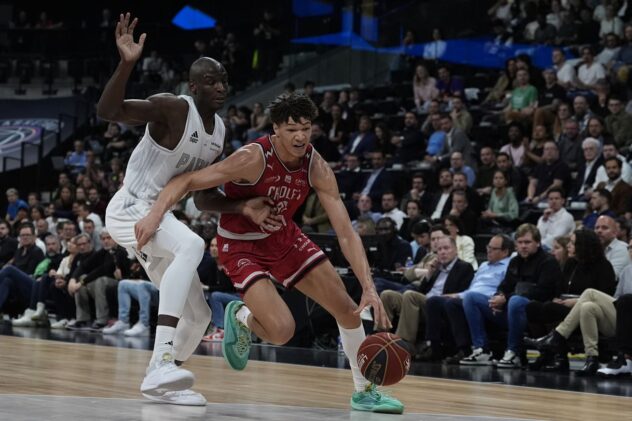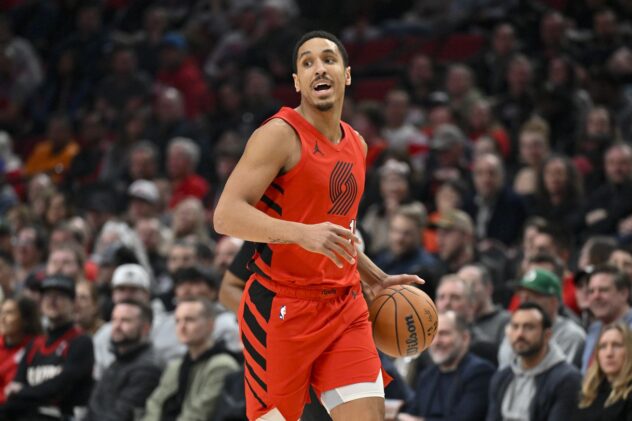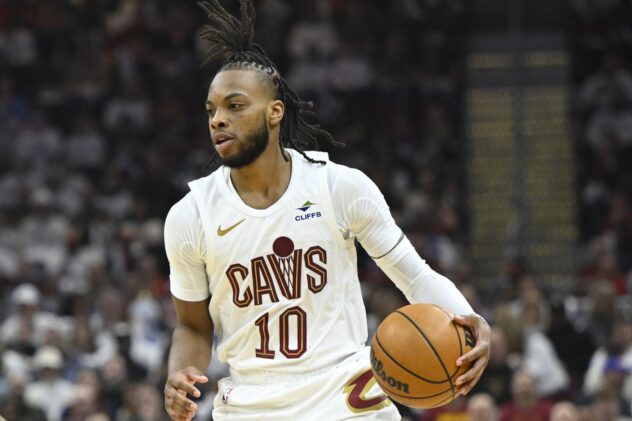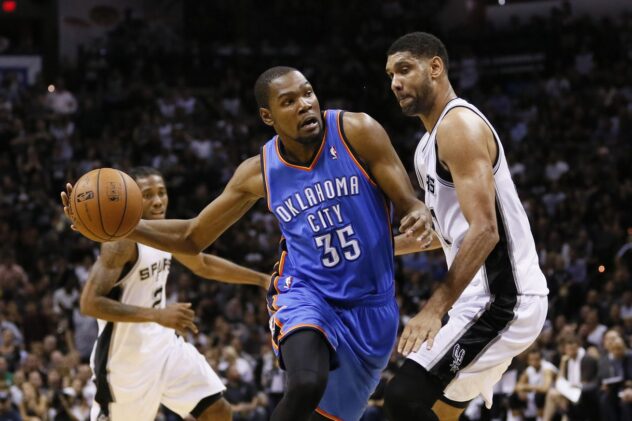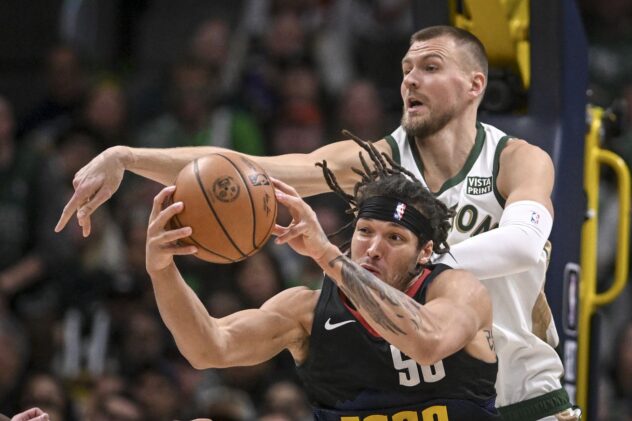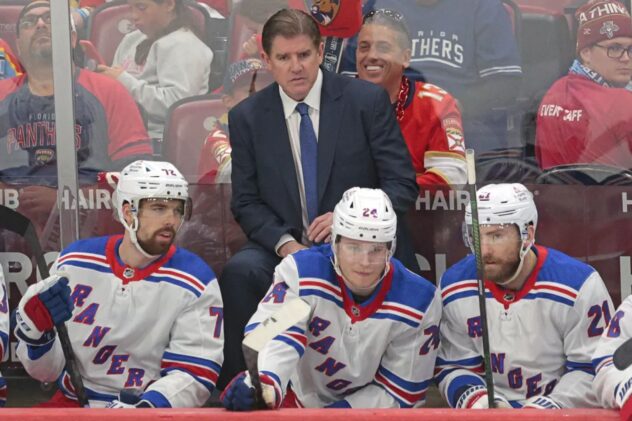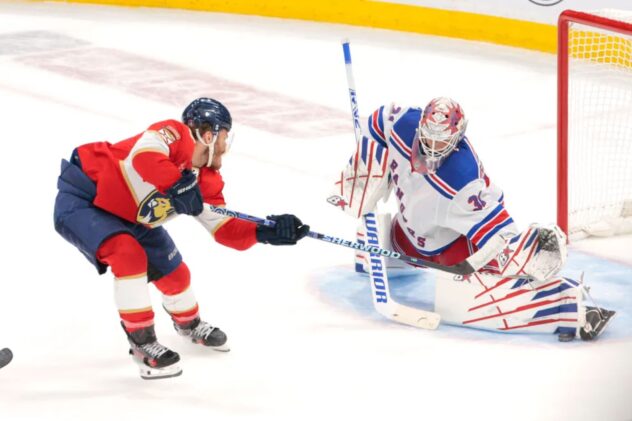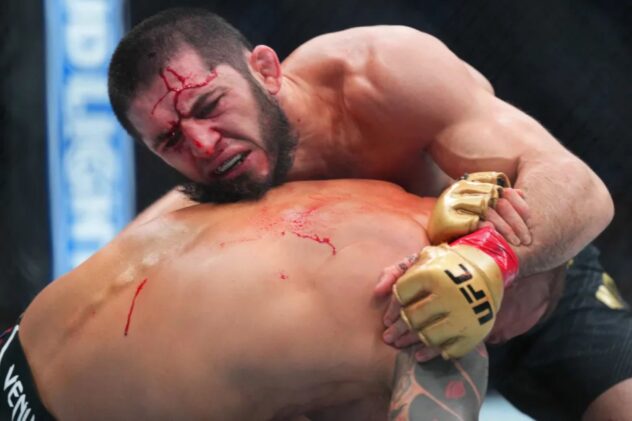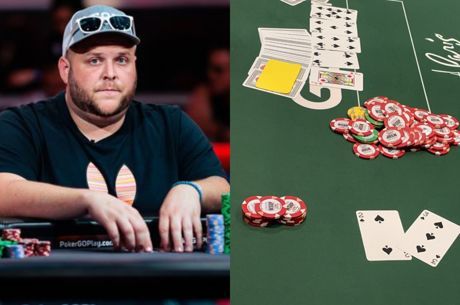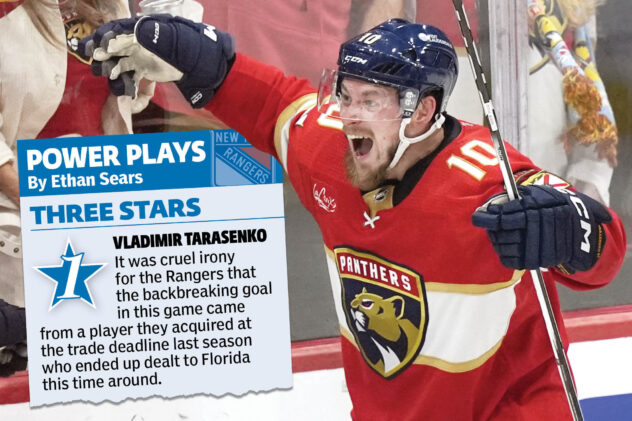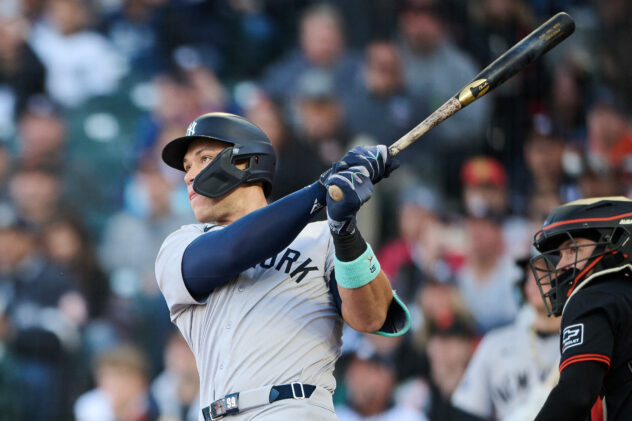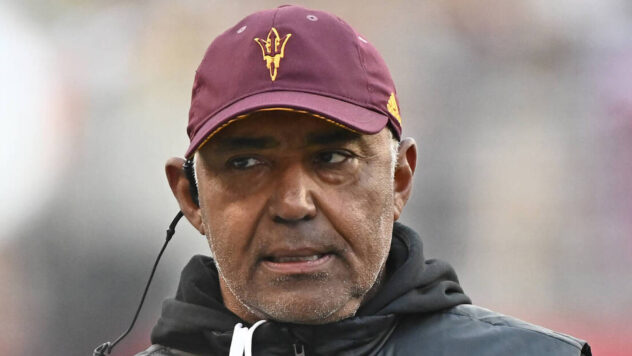2024 NBA Western Conference second-round preview: Thunder vs Mavericks
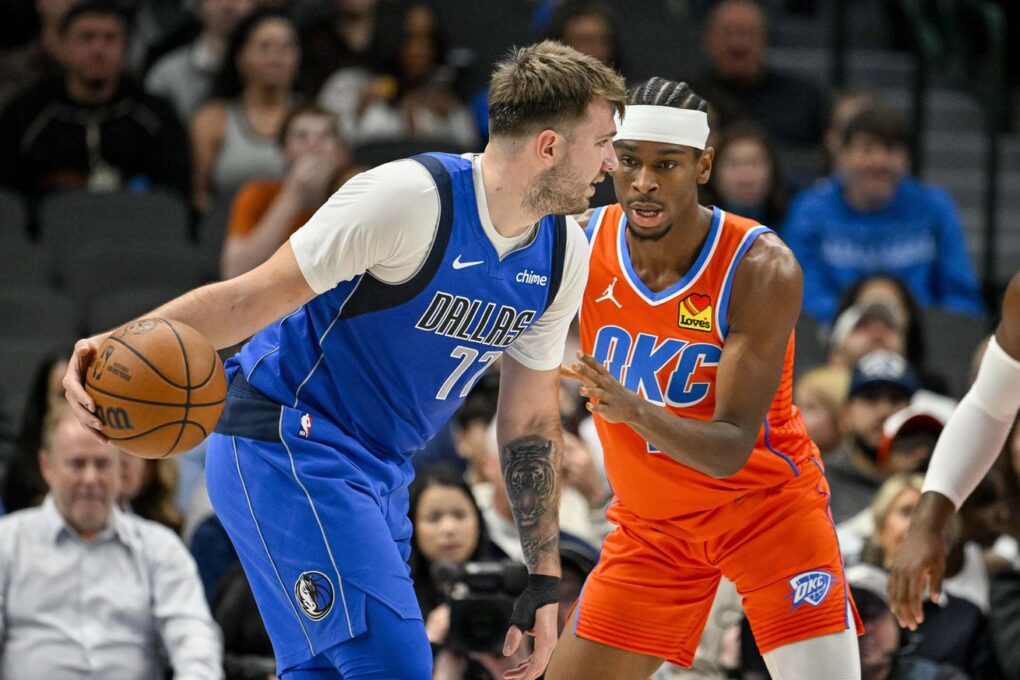
Who will prevail in the battle between the league’s two best guards?
After finally exacting revenge on Paul George and the Clippers, Luka will now play the team that was built from the PG trade.
Time truly is a flat circle.
OKC, though, offers a completely different challenge to the Mavericks. Unlike an old Clippers squad, the Thunder are young, hungry, and play with pace. If Dallas are to make the Western Conference Finals, they’ll need to come up with an entirely new game plan to slow down Shai and company.
Can they accomplish that? Let’s find out.
Note: unless otherwise specified, all the regular season stats used are from after the All-Star break, when Dallas acquired PJ Washington and Daniel Gafford and OKC began emphasizing defensive rebounding more.
Key storylines
The rebounding and transition game
OKC’s Achilles heel for most of the season has been their rebounding, but they improved drastically to close the year by finishing 12th in defensive rebounding percentage at 74.5% post-All-Star break. More importantly, the Mavs’ offensive rebounding rate during that span was only 23.9% (23rd), which was even worse than OKC’s (24.2%, 22nd).
In other words, Dallas doesn’t have the personnel to exploit the Thunder’s biggest weakness. With neither team heavily prioritizing grabbing their own misses, this naturally means that they tend to rush back to their own end. As a result, both sides have very good transition defenses: OKC and Dallas had defensive ratings of 115.0 (1st) and 121.4 (4th) in transition.
Furthermore, the two teams finished top five in offensive transition frequency but the Thunder were miles ahead in preventing transition opportunities against, as opponents only ran on 12% (2nd) of their possessions but 14.7% (14th) against Dallas. For the Mavs, the best way to get out in transition is by forcing turnovers like the one below.
Here’s the Mavs stripping SGA on the PnR and going out in transition for the dunk.
Mavs put up 47 points in the first quarter here against a fully healthy OKC squad.
SGA finished with 25 points and 8 FT’s made. @okcthunder @dallasmavs pic.twitter.com/lg0Ctp7KO5
— Jerico (@kyriemavs) May 6, 2024
On the other hand, Dallas will need to cut down on their turnovers and do a better job of hustling back on defense if they don’t want OKC to dominate the transition battle.
OKC’s mid-range prowess
Despite being an elite three-point shooting team, OKC’s shot diet skews towards the mid-range: 31.6% (11th highest league-wide) of their shots came from that area during the regular season, and they made 46.2% (6th) of those attempts, too.
Dallas, meanwhile, is more than comfortable with conceding those looks. Opponents attempted 34.3% of their shots in the mid-range against the Mavericks, which was the fourth-highest mark in the league. To make things worse, Dallas was also scored on on 44.4% of those shots since the team prioritized rim protection and limiting opponent threes instead.
Put simply, the Mavericks will need to change their defensive approach to slow down OKC. If Dallas tries to limit the amount of mid-rangers the Thunder takes, then Mark Daigneault might place a heavier emphasis on taking threes — something that OKC isn’t used to doing despite their elite percentages, which brings us to the next point.
The three-point battle
The Thunder and Mavericks have clashing philosophies when it comes to prioritizing threes. OKC made 38.3% (7th) of their treys but only 34.8% (24th) of their attempts came from behind the line, while Dallas hit 36.8% (16th) on a higher frequency of 39.1% (7th).
It’s a similar story on defense. While the Mavericks limited their opponents to taking just 36% (11th) of their shots from three, the Thunder were more gracious and allowed 38.6% (24th) of opponent attempts from deep. OKC restricted the number of mid-rangers taken against them too, as just 28% of opponent shots are attempted in that area, which is ideal given that Dallas is a heavy mid-range shooting team as well (32.2% shot frequency, 9th). However, the Thunder might need to change their defensive style and emphasize three-point defense if the Mavs get hot from deep.
The battle around the rim
Given the contrast of shot diets between the two teams from the mid-range and three, it isn’t surprising that their rim attempts differ drastically too: 33.6% (10th highest) of OKC’s attempts come within four feet of the basket, while only 28.7% (27th) of Dallas’ shots are taken there.
With that said, both sides are elite at finishing around the rim. The Thunder and Mavs convert on 68.6% (10th) and 72.1% (2nd) of their shots at the basket, and their prowess in the paint reflects on defense as well — opponents only shoot 62.9% (4th) in that area against OKC and 62.1% (2nd) against Dallas.
However, the Thunder seem more comfortable with conceding these high-percentage shots. 33.4% (17th) of opponent attempts come at the rim against OKC, whereas Dallas limits teams to just 29.8% (8th). Will the Thunder be as content to give up this many looks when it involves Luka lobs to Gafford and drives from Kyrie, who’s perhaps the greatest finisher ever? It’s certainly a storyline to monitor, and this battle will also be heavily influenced by key matchup decisions.
Matchup questions
Will Gafford guard Giddey?
With Josh Giddey being the only member of OKC’s starting lineup who isn’t a reliable threat from three, the Mavs will likely match Daniel Gafford with him so that the latter can roam off of Giddey and patrol the paint, like what Jusuf Nurkić did here.
/cdn.vox-cdn.com/uploads/chorus_asset/file/25436461/Screen_Shot_2024_05_06_at_5.06.03_PM.png)
The Thunder could potentially counter by getting Giddey to set off-ball screens. If the Mavs switch on defense, Gafford would then be forced to play at the level of screens so that OKC’s shooters wouldn’t get open looks. Even if Dallas’ defenders are told to fight through Giddey’s screens, they’ll still be a step behind their assignment and allow the Thunder to take a good shot or have extra time to make plays.
Who guards Chet and JDub?
The bigger matchup question for Dallas is who should guard Chet and Jalen Williams. Assuming Gafford starts on Giddey and Derrick Jones Jr. on Shai, the obvious move would be having PJ Washington take Chet.
However, that would leave one of Kyrie or Luka isolated on JDub, who’s too big for the former and too agile for the latter. Would Jason Kidd be willing to roll the dice and have Luka guard Chet and assign Washington to JDub instead? Washington’s length and athleticism would match up better against Williams and Luka’s 6’7” frame can still both Chet.
X-factor: Josh Giddey and the Thunder’s fifth starter
If OKC wants to force Gafford to guard in space, they might need to replace Giddey with a better shooter like Cason Wallace or Isaiah Joe. Both would be an upgrade defensively, too, with the main downside being that the Thunder would lose some playmaking and ballhandling in the starting group.
Even so, with Shai and JDub still on the court, it’s a tradeoff worth considering. OKC’s offense would open up so much more and they wouldn’t need to worry about hiding Giddey on defense, either. It’ll be interesting to see how quickly Daigneault decides to implement such a look.
Prediction: Thunder in 6
This should be OKC’s series to lose. They match up better with Dallas since Lu Dort and JDub are obvious candidates to guard Luka and Kyrie, whereas the Mavericks don’t have great options to put on the Thunder’s stars. On top of that, Luka’s knee is still bothering him, and OKC’s deeper roster should result in them making the conference finals for the first time since 2016.
All stats courtesy of Cleaning the Glass and NBA Stats.

